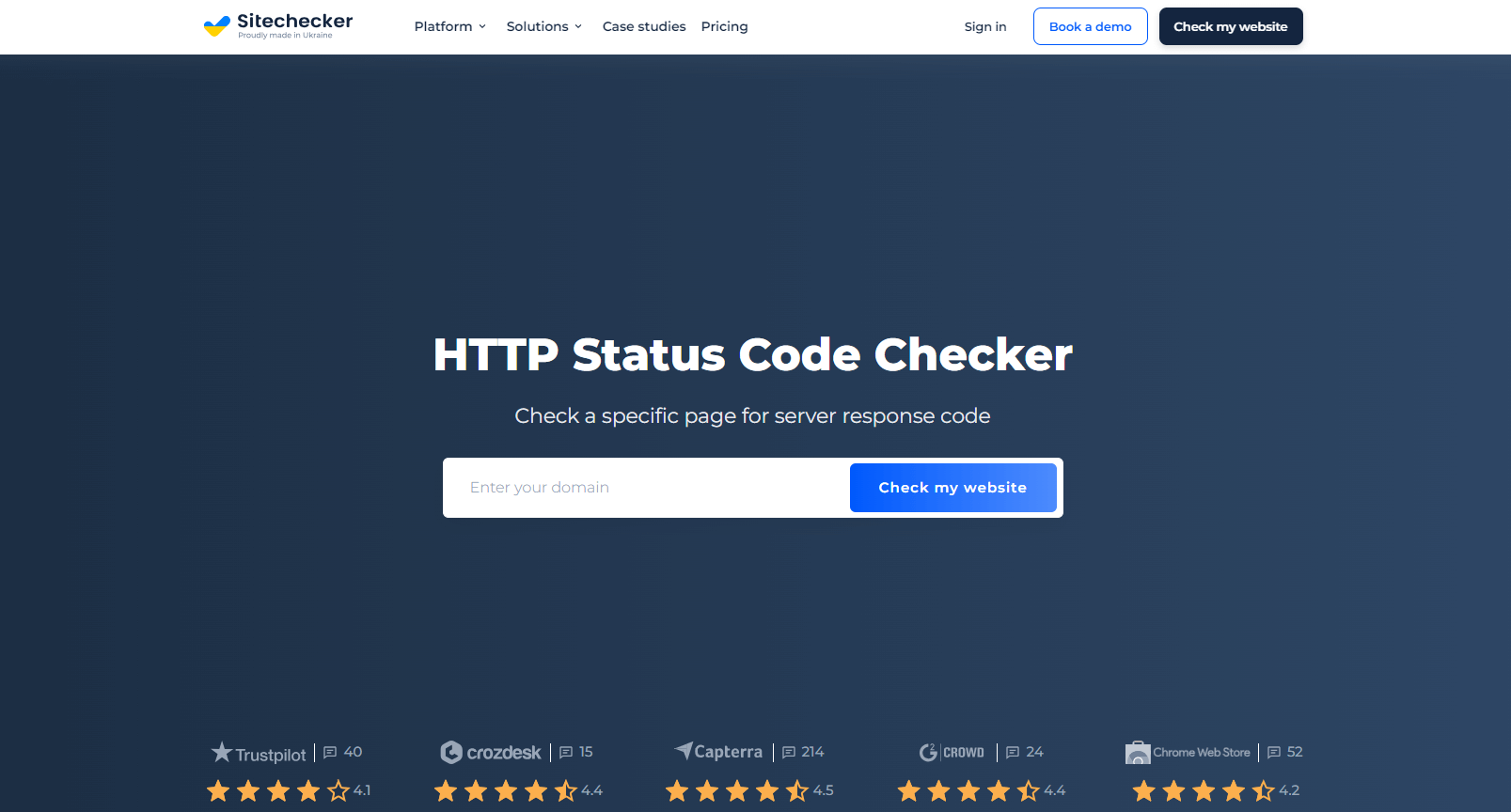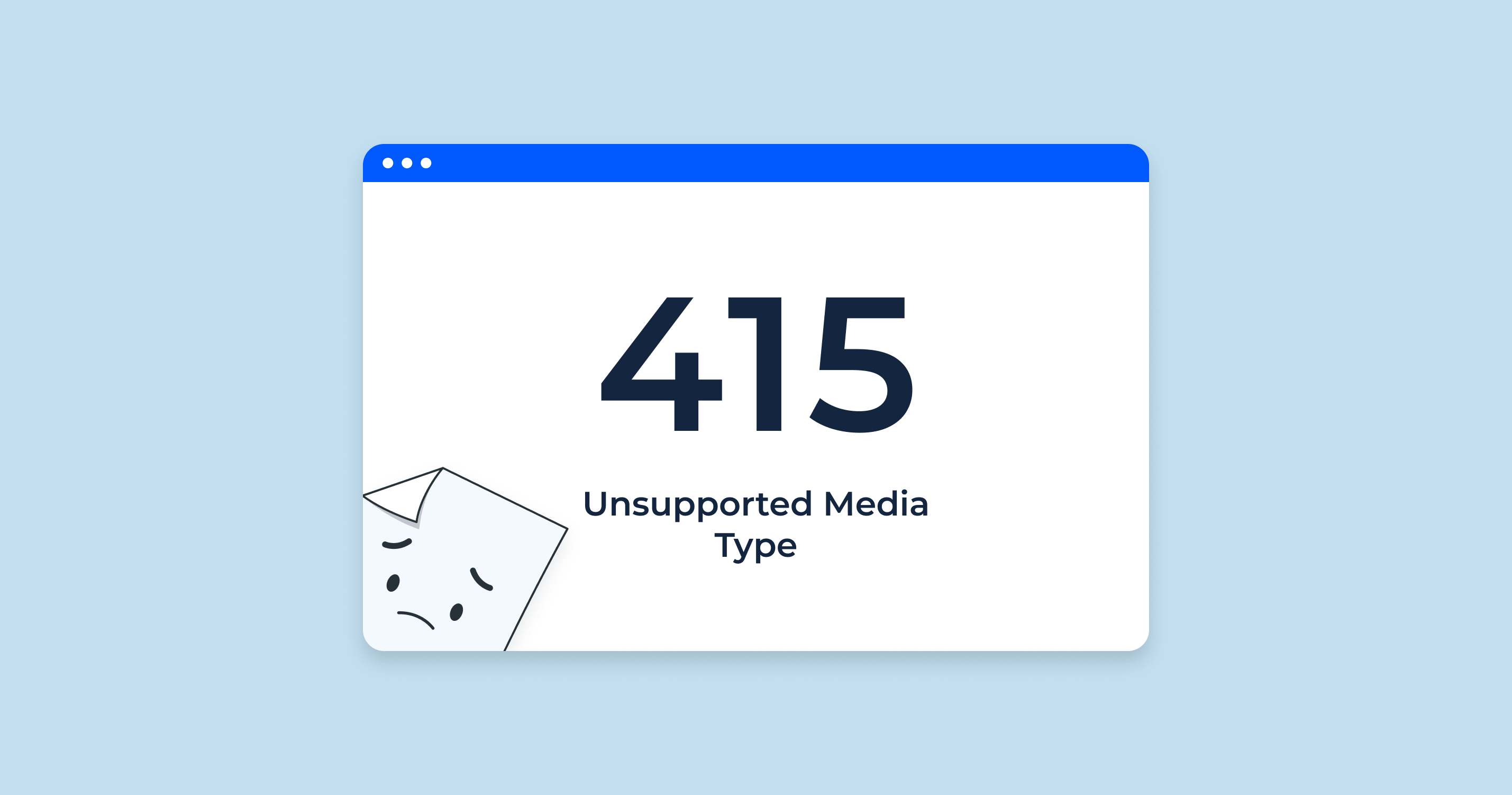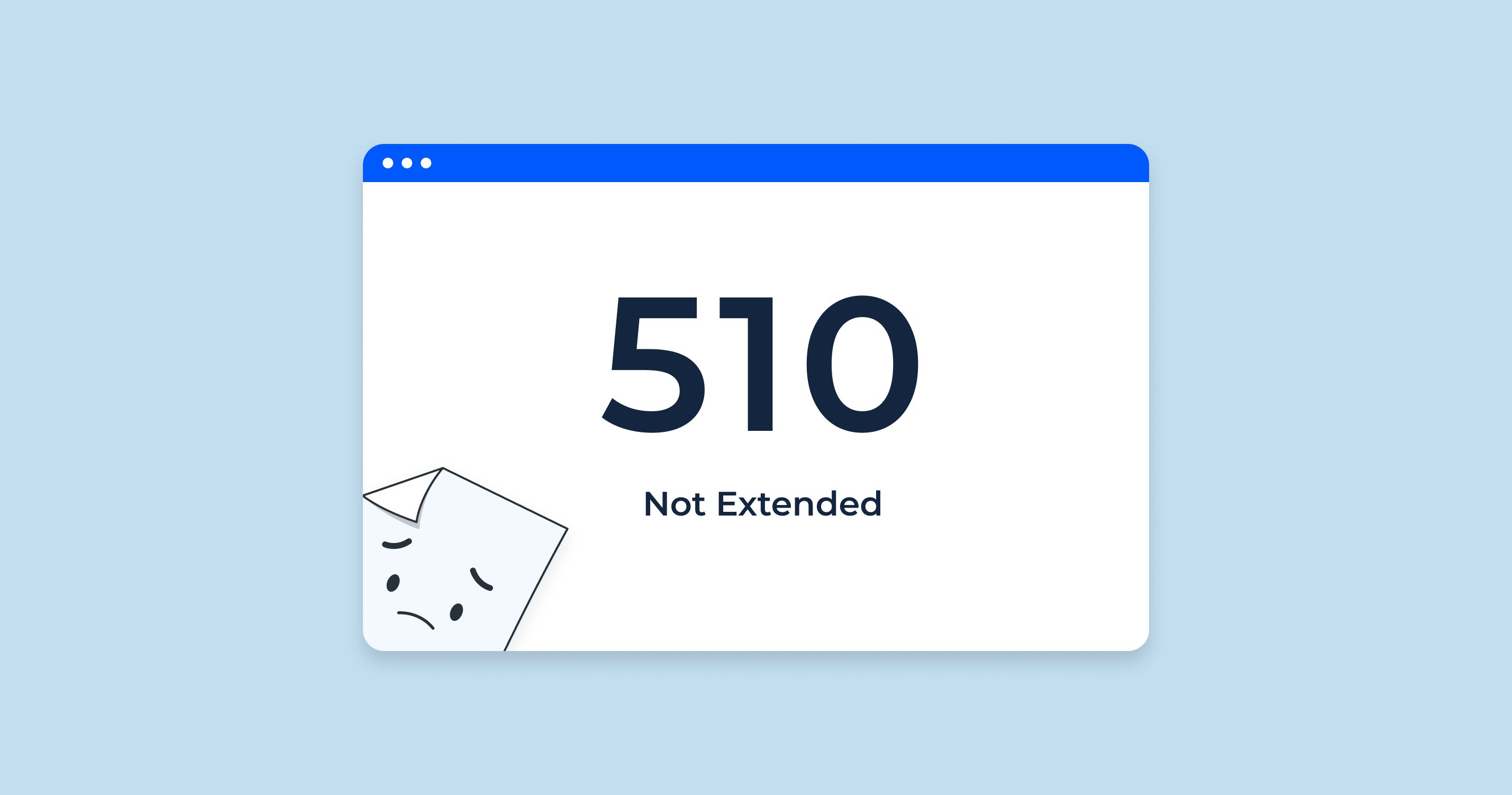HTTP Status Code 415, also known as “Unsupported Media Type,” is a client error response code that indicates that the server is refusing to service the request because the payload (the data sent in the body of the request) is in a format that is not supported.
This can happen when the client sends a request to the server with a ‘Content-Type’ header that the server does not support, or the payload data is not in the format declared by that ‘Content-Type’ header. The ‘Content-Type’ header is used to specify the media type of the resource or the data being sent.
For example, let’s say a client tries to POST data to a server in JSON format, but the server is only set up to accept XML. In this case, the server would return a 415 status code because the media type of the payload (JSON) is not supported by the server (which is expecting XML).
It’s important to note that the 415 status code is often specific to the resource being accessed. So, it’s possible that a server could return a 415 error when trying to POST to one resource but not another if the other resource supports the media type being sent by the client.
The 415 status code is part of the HTTP/1.1 standard, and the appropriate reaction to receiving this code is generally to either correct the ‘Content-Type’ header or alter the payload to a format that the server can understand.
415 Status Codes (Unsupported Media Type) Impact on SEO
While HTTP 415 status codes (Unsupported Media Type) don’t directly impact SEO, they can indirectly affect your site’s SEO performance through user experience and technical performance.
| User Experience (UX) | One of the critical factors in SEO is providing a good user experience. When a user encounters a 415 error on your website, it creates a poor experience, leading to user dissatisfaction. A user is likely to leave your site (bounce) if they encounter such an error, increasing your bounce rate. High bounce rates can signal to search engines that your website may not provide valuable content or a good user experience, which could negatively impact your search rankings. |
| Lost Link Equity | If other websites are linking to a page on your site that returns a 415 error, this could lead to lost link equity. Inbound links (also known as backlinks) are a significant factor in how search engines rank your site. When a page that has inbound links returns an error, the link equity (the SEO value of a hyperlink) that could have been passed to your site gets lost, potentially affecting your site’s authority and rankings. |
| Crawl Errors | Search engines like Google use bots (also known as spiders or crawlers) to index the web. If these bots encounter a 415 error while trying to crawl your site, they cannot index the content on that page. Pages that aren’t indexed won’t appear in search results, leading to reduced visibility. |
| Site Quality | A high number of HTTP errors, including 415 status codes, can signal a low-quality site to search engines. This perception can harm your overall SEO, as search engines may deem your site as less reliable or less user-friendly, affecting your site’s rankings. |
While these factors don’t directly tie into the 415 status code itself, they are potential consequences of having pages that return this error on your site. Therefore, it’s essential to promptly identify and fix these issues to avoid possible SEO implications.
Common Issues That Can Lead to 415 Status
Dealing with HTTP status errors, like the 415 ‘Unsupported Media Type’ error, is part and parcel of website and SEO management. This error points to a mismatch in data format during client-server communication. Code errors and their solutions can include:
Incorrect Content-Type Headers
The server might return a 415 status code if the ‘Content-Type’ header in the request does not match the actual content sent in the body of the request.
Unsupported Media Type
A server may return a 415 status code if it’s unable to process the payload sent by the client due to the server’s inability to handle that specific media type.
Inappropriate Payload Encoding
If the client sends a payload with an encoding that the server cannot process, the server might return a 415 error.
Once these errors are identified, the solutions above can be used to resolve the issue and prevent the 415 status code from appearing.
Finding a Fix For the HTTP 415 Error Code
Fixing the HTTP 415 ‘Unsupported Media Type’ error involves identifying the source of the problem and making the appropriate corrections. Here’s a general process you can follow:
Step 1: Confirm the Error
The first step is to confirm that the 415 error is indeed the issue. Use an HTTP status code checker to verify the status code.

Sitechecker.pro is an effective tool in detecting HTTP errors 415 ‘Unsupported Media Type’. Its crawler scans your entire website, identifying URLs that return this status code. After the scan, it provides a detailed report pinpointing where these issues reside, making it easier to address and rectify them.
Step 2: Identify the Source of the Error
Look at the specifics of the request that resulted in the error. If possible, check the server logs or use developer tools in your browser to examine the ‘Content-Type’ header and the payload of the failing request.
Step 3: Adjust the ‘Content-Type’ Header or Payload
If the ‘Content-Type’ header doesn’t match the actual payload being sent, you need to change one or the other so they’re consistent. For instance, if you’re sending JSON data, make sure your ‘Content-Type’ header is ‘application/json’.
Step 4: Check for Encoding Issues
If the server cannot process the encoding of the payload, you need to adjust the encoding to a type the server supports. Look at the ‘Content-Encoding’ header and the actual encoding of the data sent in the request.
Step 5: Test Your Changes
After making changes, you need to test the request again. If the changes were successful, you should no longer receive a 415 error. If the error persists, you may need to check with your server hosting provider or seek help from a web developer.
Remember, the key to fixing a 415 error is to ensure that the server supports the media type and encoding of the data being sent in the request. The client should only send data in a format and encoding that the server can process.
Conclusion
HTTP 415 Status Code, or ‘Unsupported Media Type’, occurs due to mismatched ‘Content-Type’ headers or unsupportable payload encoding. While it doesn’t directly influence SEO, its impact on user experience and technical performance can indirectly affect your SEO ranking. High bounce rates, lost link equity, crawl errors, and overall site quality can all suffer.
Tools like HTTP Status Code Checker can help identify and resolve these issues. Overall, ensuring the server can process the format and encoding of the data sent in the request is key to preventing HTTP 415 errors and optimizing your website’s performance.









